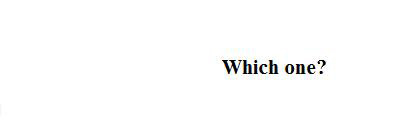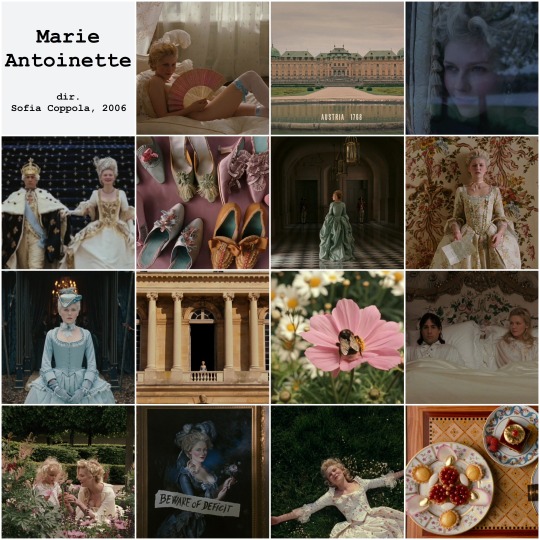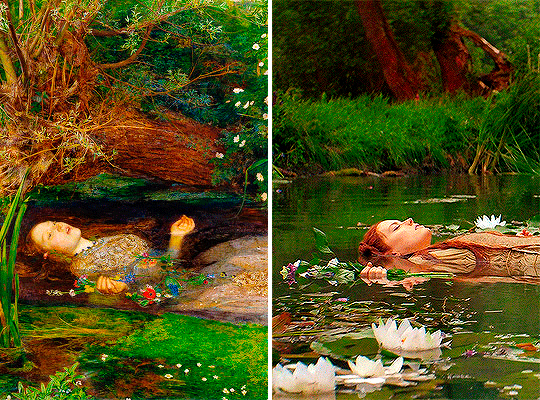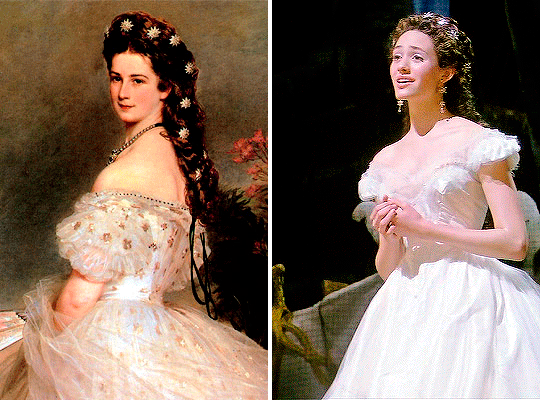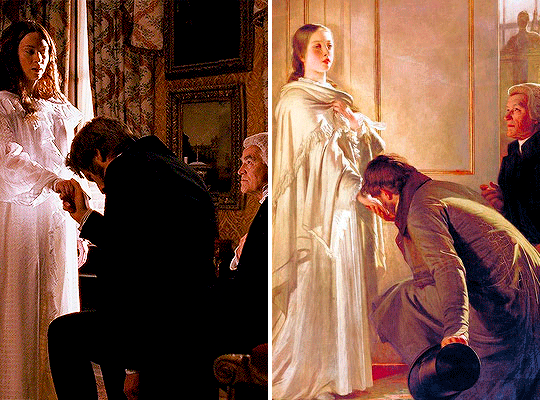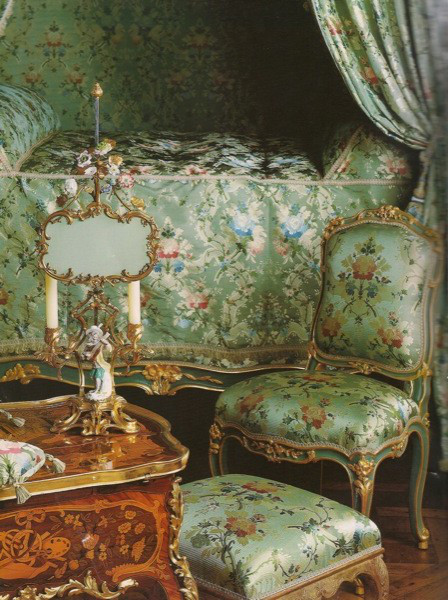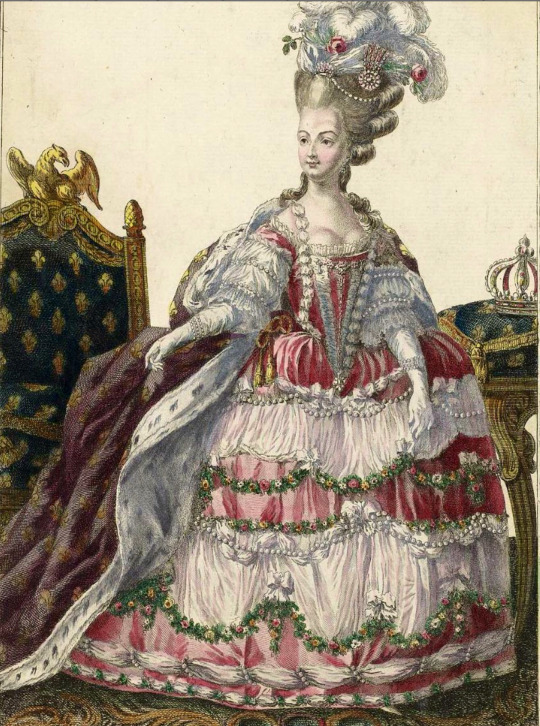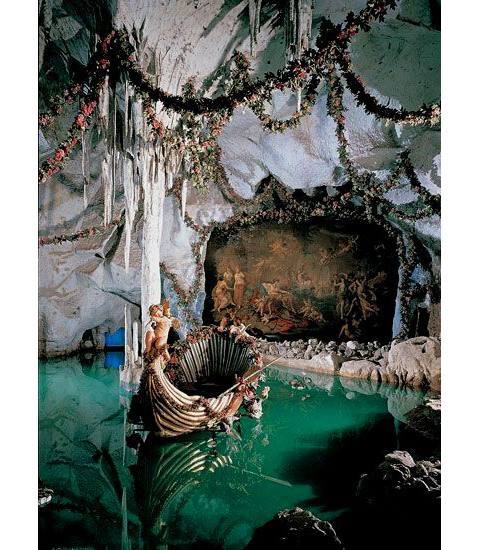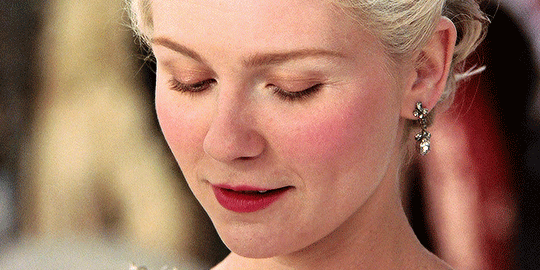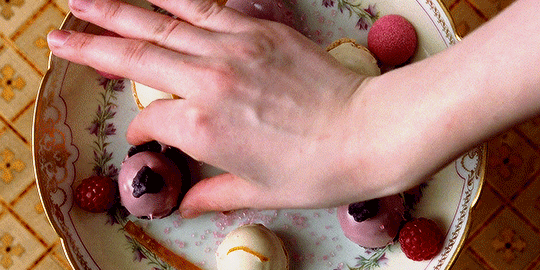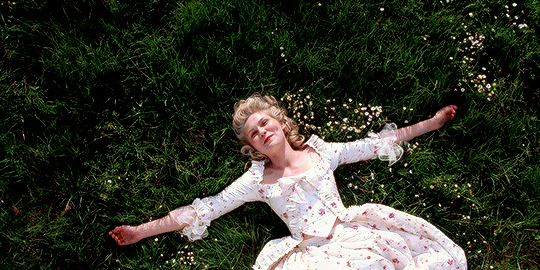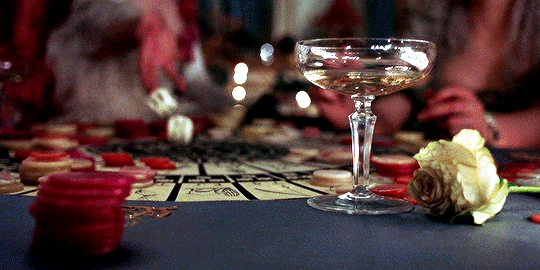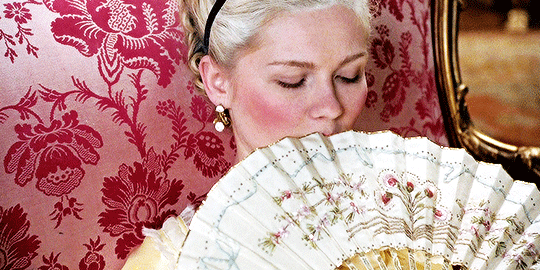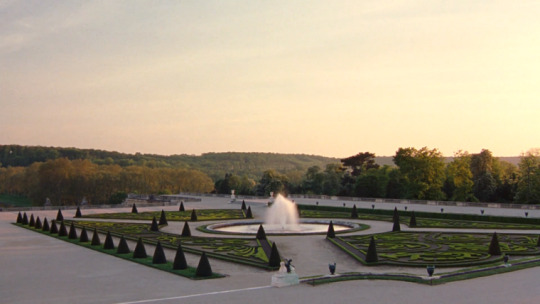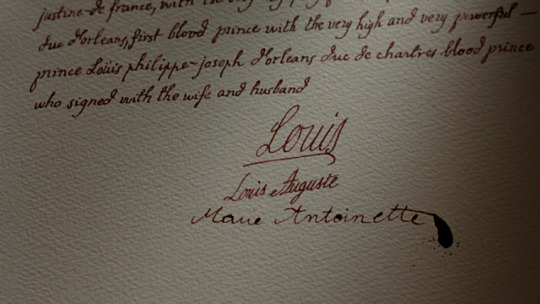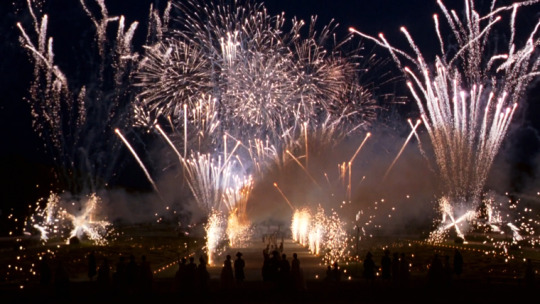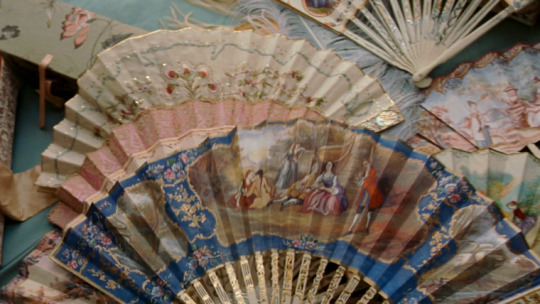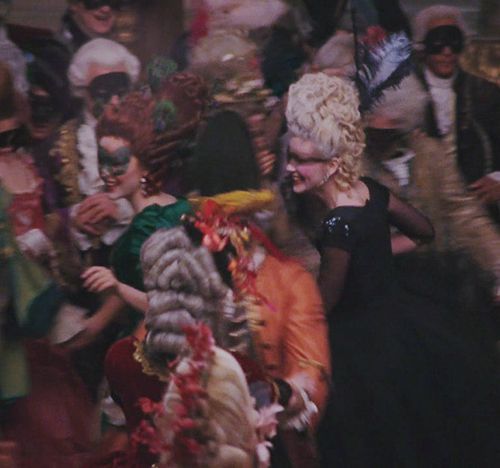Text

Ok well it's been cool. If anyone is alive out there follow me on Instagram! @ _therealfake
2 notes
·
View notes
Text


Help me lol $nq01
🙏❤
35 notes
·
View notes
Photo

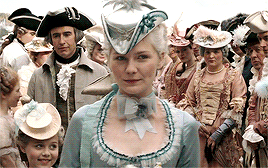


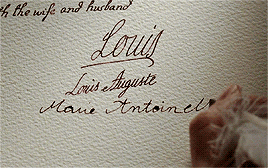



WATCHED IN 2020:
[4/?] films directed by women » Marie Antoinette (2006) dir. Sofia Coppola
Oh, you were not what was desired, but that makes you no less dear to me. A boy would have been the Son of France, but you, Marie Thérèse, shall be mine.
1K notes
·
View notes
Photo


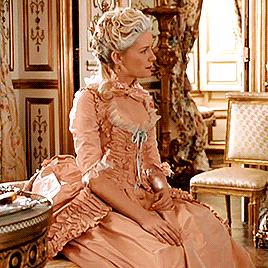
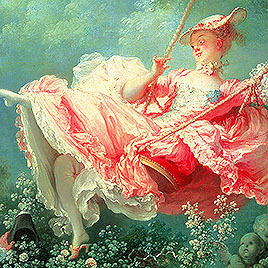



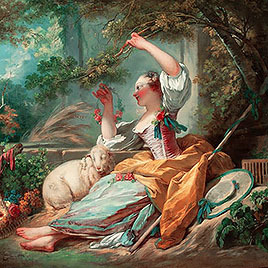


Marie Antoinette (2006) // Jean-Honoré Fragonard (1732-1806)
2K notes
·
View notes
Text

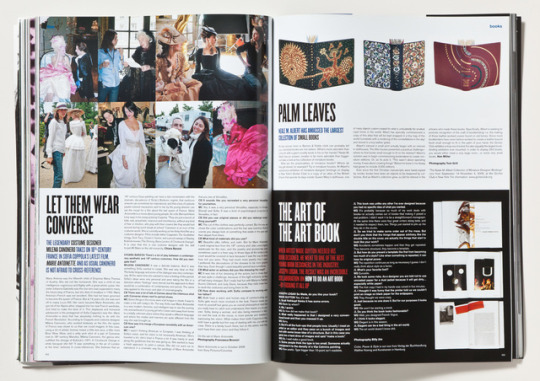
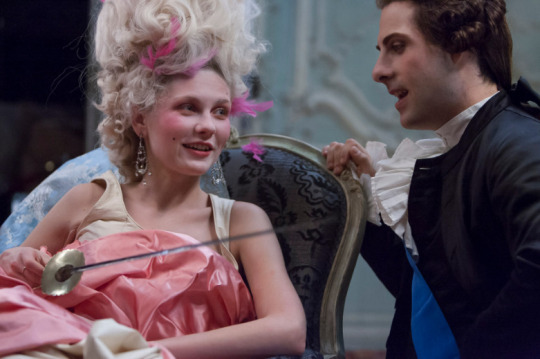

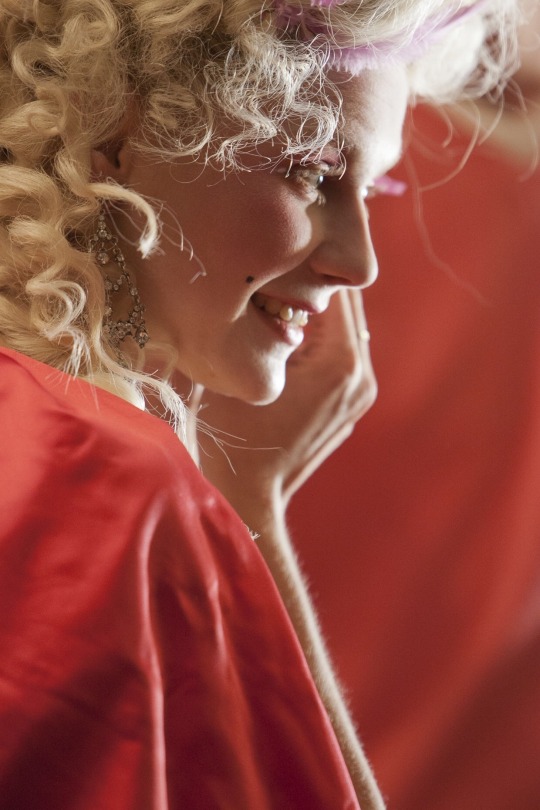
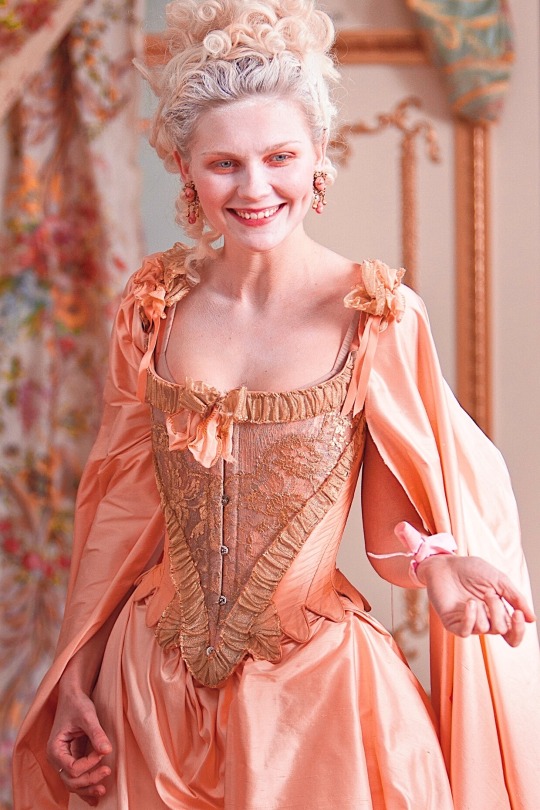



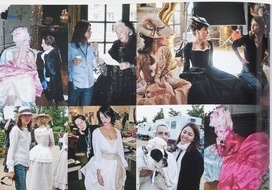
Costume Tests
When Milena Canonero, the storied costume designer for “Marie Antoinette”, spoke about the pre-production process for the film to London Times Magazine in 2006, she offered a revealing piece of information: “We thought that maybe we could have gone more crazy, but there was just not time.”
The behind-the-scenes photographs here show Kirsten Dunst and Jason Schwartzman in costume, as well as scans from a 2006 issue of V Magazine showing a few other photographs from the film production.
What is interesting about these is that the costumes, hair and make-up on our Queen and company are very noticeably different from the look and tone of the completed film. Kirsten Dunst wears heavier rouge and powder, her coiffure is a bit more complicated in some of the shots and it is decorated with shocking pink feathers. Jason Schwartzman, as well, is wearing a bit of powder, rouge, and eye-liner — much different from his appearance in the film.
In the scans from V Magazine, the upper left hand and lower right hand corner snaps show Kirsten Dunst and Jason Schwartzman (possibly at this same shoot), in even heavier, more elaborate hair and make—up. Both are extremely powdered and rouged — Kirsten seemingly with hot pink on her cheeks and around her eyes. The costume she wears in the solo shot matches the hot pink of her make-up design, which, even for a film that features daring colors for the 18th century, is quite a shocking tone.
While it’s possible that these were taken in post-production for promotional photographs that were never used, it seems more plausible that these shots are actually from pre-production and are examples of the “more crazy” appearances that Milena Canonero spoke of. For one, many of the costumes that Kirsten Dunst wears are not from the film, and aren’t even necessarily appropriate to 1770s Versailles, meaning that perhaps they were just available costumes that the actress threw on so that the crew could do these hair and make-up tests. Jason Schwartzman is also slimmer than he is in the film, which he gained weight for, so the shots couldn’t be from the shooting period.
It’s fun to speculate about what “Marie Antoinette” would have looked like if Milena Canonero and Sofia Coppola had gone with a heavier, rouged appearance for the characters, which ultimately would have been more appropriate for the era but is a bit excessive for the tone of the finished film. The one shot of Kirsten Dunst and Jason Schwartzman together, she in hot pink and he in navy silk, both extremely powdered, is especially captivating since it juxtaposes so much with the scenes of them together in the film.
Also of note — in the V Magazine scans one can see Asia Argento (Madame du Barry) being fitted by Milena Canonero in a chemise à la reine ensemble, which also never appears on film.
251 notes
·
View notes
Text


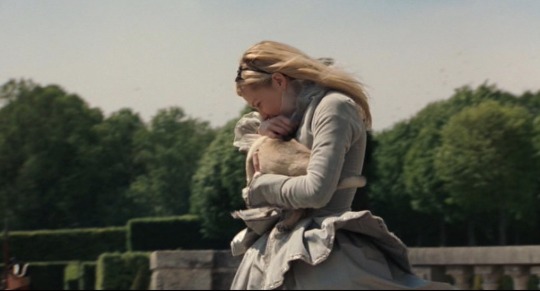
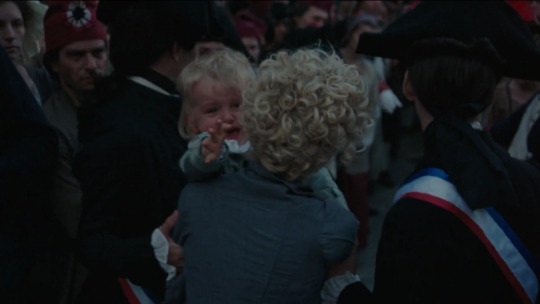
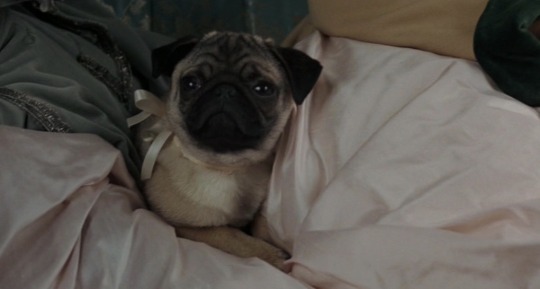
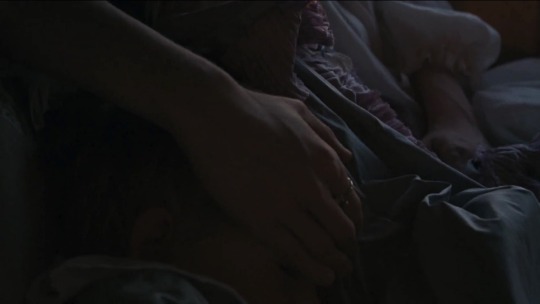




Marie Antoinette begins and ends with “Goodbye”, in sequences that almost disturbingly juxtapose with one another.
The audience is introduced to a fourteen-year-old Marie Antoinette as she prepares to leave behind a halcyon Viennese childhood. It is the spring of 1770, and the once Hapsburg archduchess, now Bourbon dauphine, will journey across the Austrian Empire to the Kingdom of France to wed her betrothed, Louis Auguste. Clutching her tawny pug, Mops, the young Antoinette bids farewell to Austria and her mother, the Empress Maria Theresa, then climbs into the beautifully outfitted carriage commissioned by her grandfather-in-law, King Louis XV, to escort her to Versailles. Staring out of the windows of the royal coach, she admires the Germanic forests while Mops makes himself comfortable on her lap. Antoinette turns her attention to a miniature of her future husband, the only image that she has of the dauphin and whom she will meet for the first time once she has crossed the border from Austria into France. The days of the journey drag on before she finally reaches the tiny island on the Rhine where she will be conducted through her remise ceremony to emerge thoroughly French.
The film closes nearly two decades later, in October of 1789. Marie Antoinette, Queen of France for 15 years, is escorted from Versailles by the mob that has stormed the palace in the early days of the Revolution. She now clutches her four-year-old son, the dauphin Louis Charles, as she enters the coach that will carry the royal family from the aureate château. Inside of the carriage, which bears no resemblance to the grandeur of the one that brought Antoinette there for the first time as an adolescent, Louis Charles, and her daughter, Marie-Thérèse, sleep on her lap. Rather than the portrait of her betrothed that she pondered curiously in the first carriage scene, she is comforted now by the presence of Louis XVI, her husband of so many years.
“Are you admiring your lime avenue?”, he earnestly asks of his wife (fun fact: Louis XVI did in fact pose this question, but it was to his younger sister, the princesse Élisabeth, who is not depicted in this scene of the film). “I’m saying goodbye”, Marie Antoinette responds. Just as she said her farewells to Vienna when she was fourteen, never to see her homeland again, the thirty-three-year old Queen now says goodbye to Versailles, her home of 19 years, never to see it again. The blues and bright tones, sunlight, and vividness of the initial scenes have been washed over in muted hues, greys, and a burning, foreboding sunrise that does not suggest a hopeful end to this story.
Beginning with the image of a teenage girl comfortably in her bed in Vienna, the film ends with an image of her bedchamber at Versailles, in the aftermath of the rioting of the Parisian market women within the palace. Marie Antoinette has been pulled from her bed and forced to Paris. The bed has been bayoneted, in the vain hope of murdering her. The mirrors which once reflected her beautiful image are now destroyed. The chandelier has fallen from the ceiling, an alarming suggestion of her fate. Beginning with a goodbye that might lead her to a glittering, auspicious and uncertain future, Marie Antoinette ends with a goodbye that signifies an uncertain future of unspeakable terror.
30 notes
·
View notes









